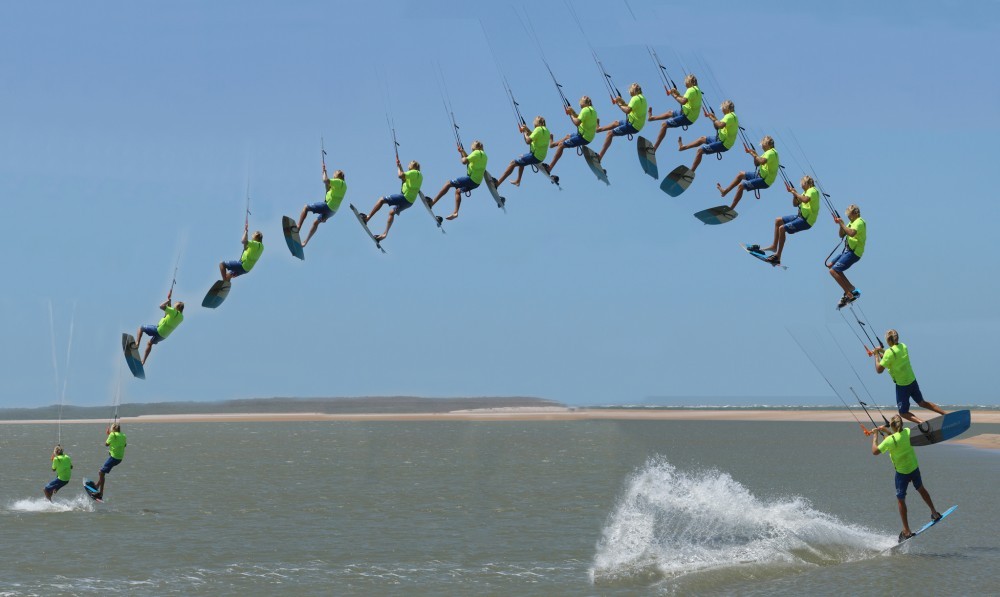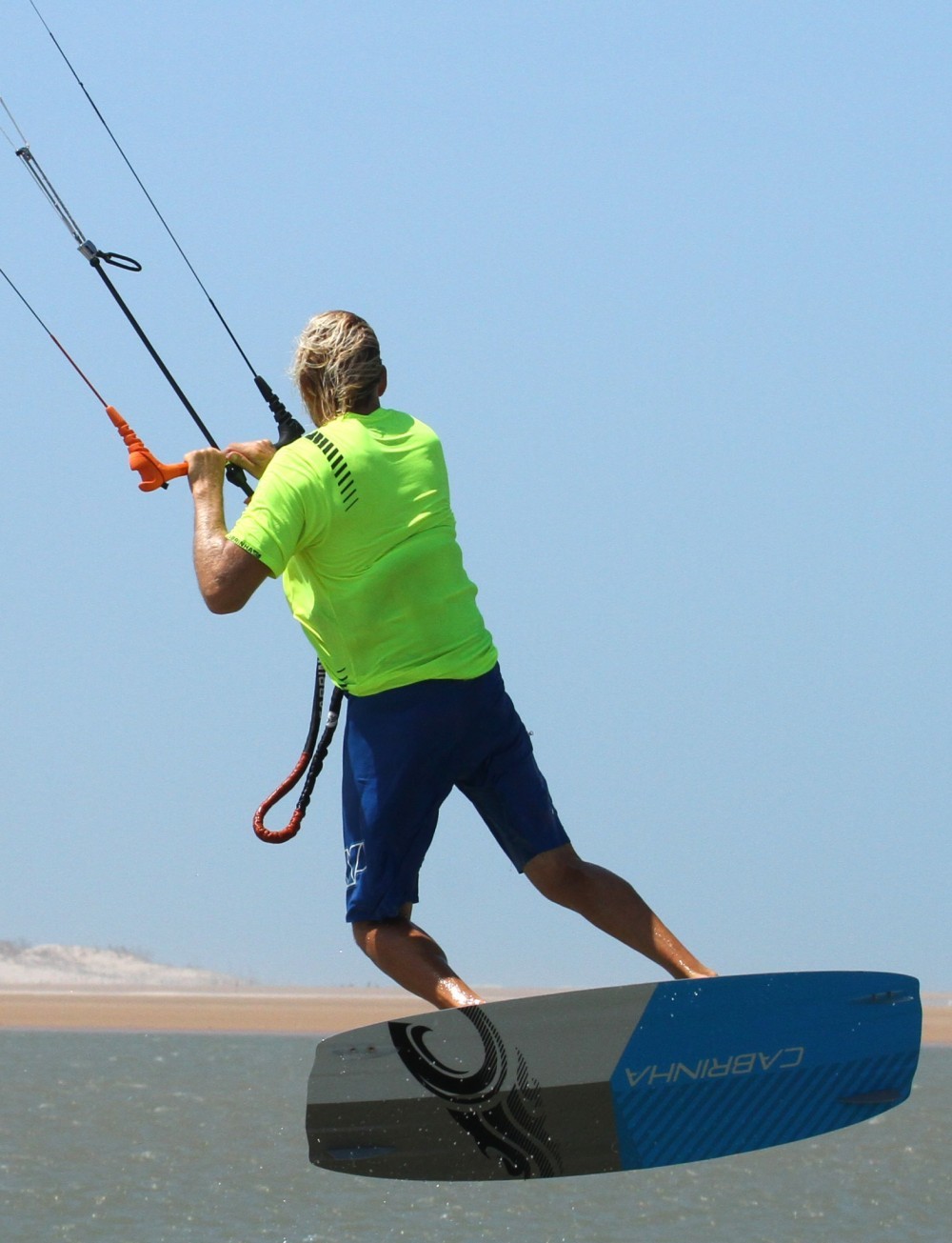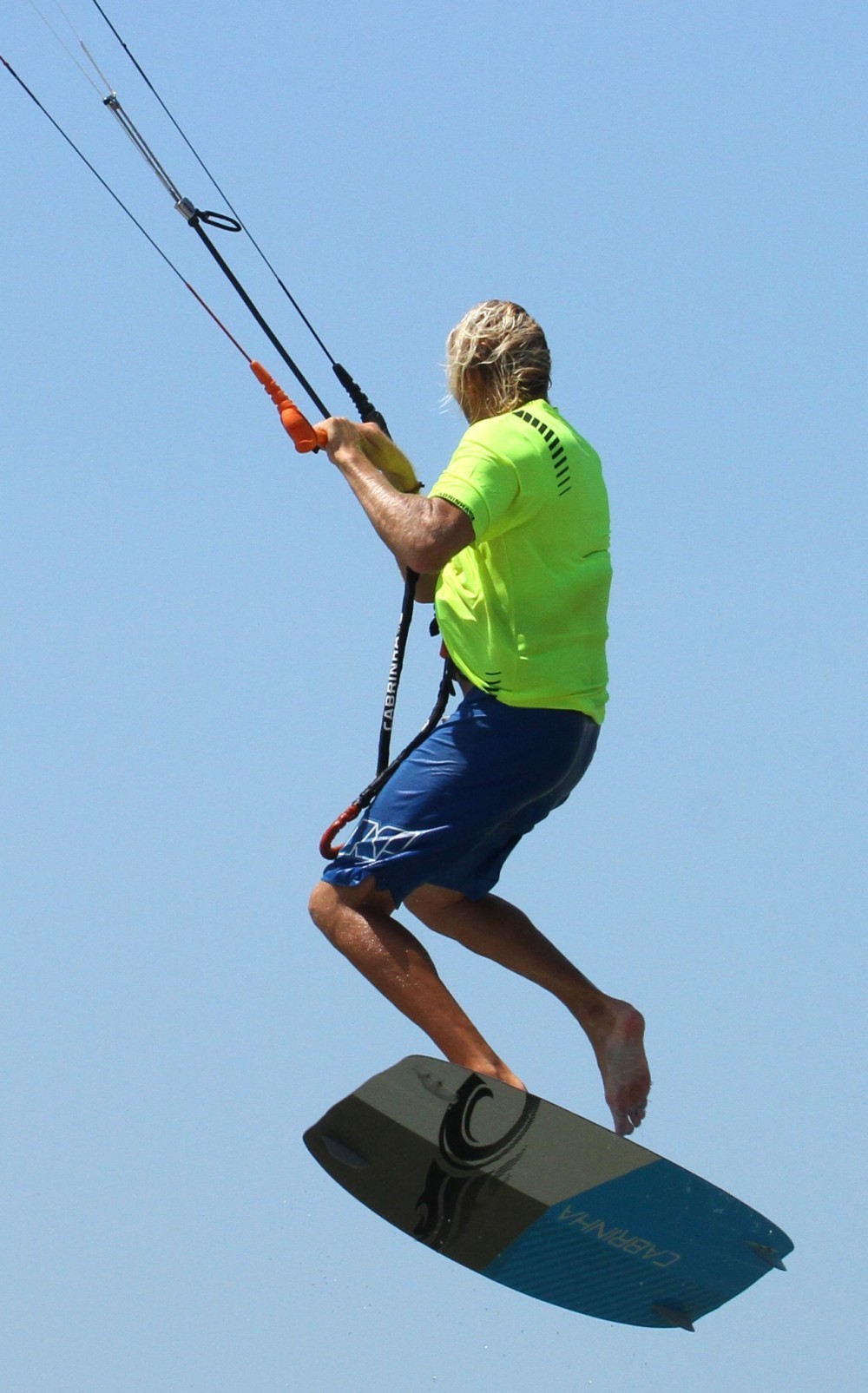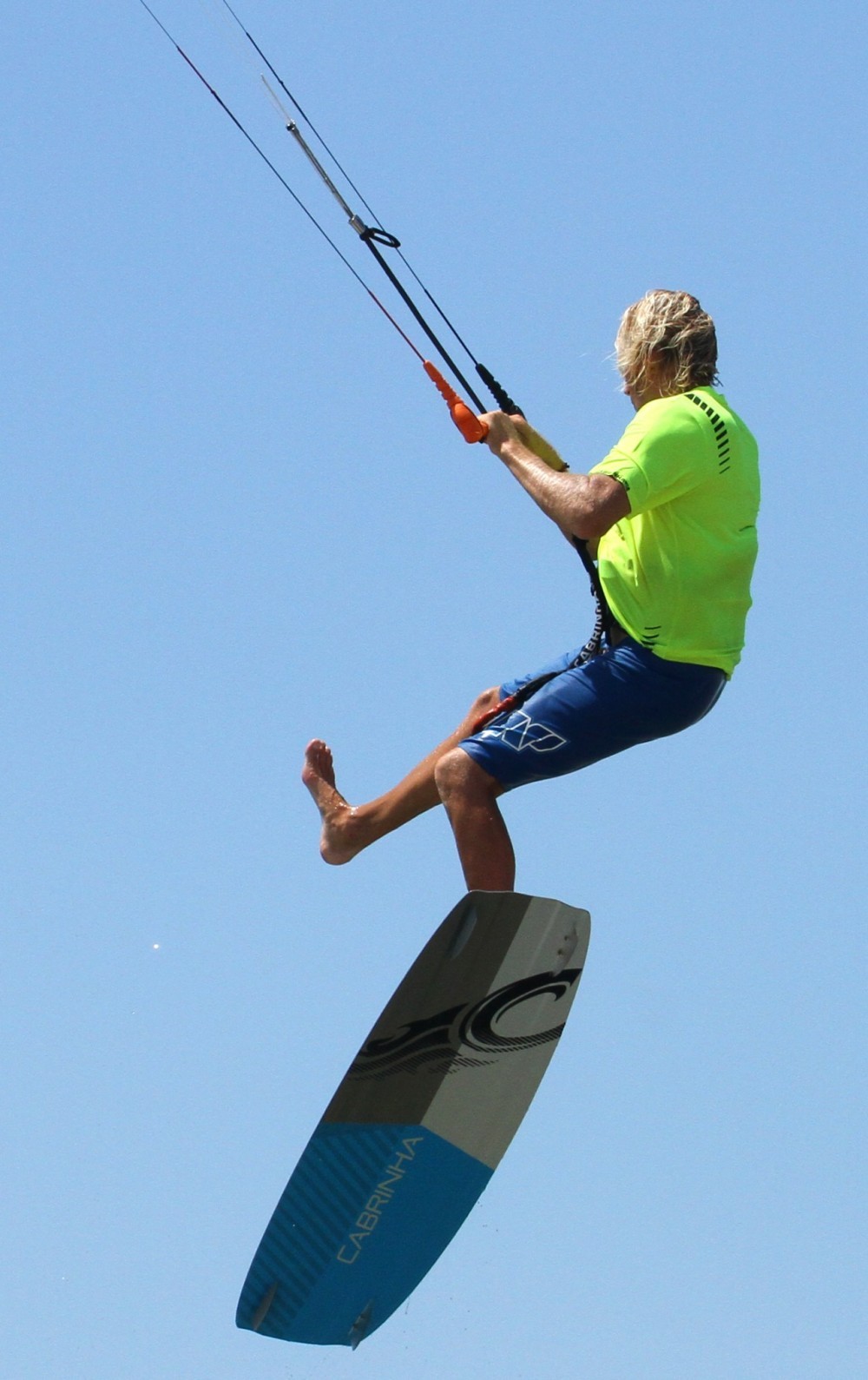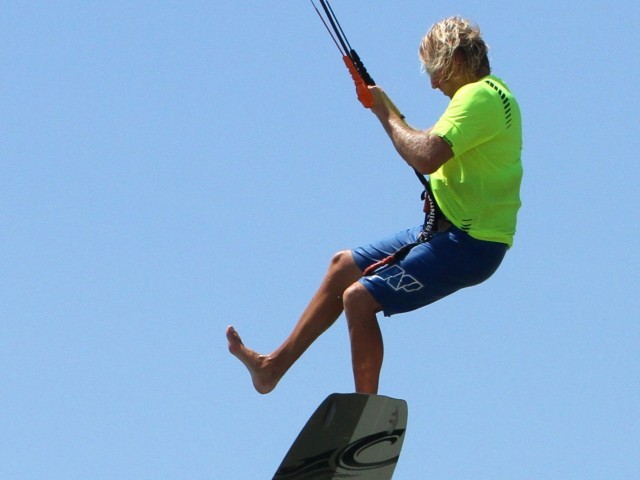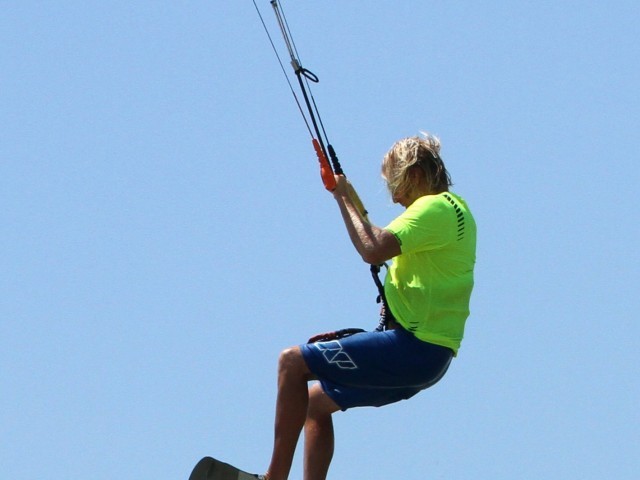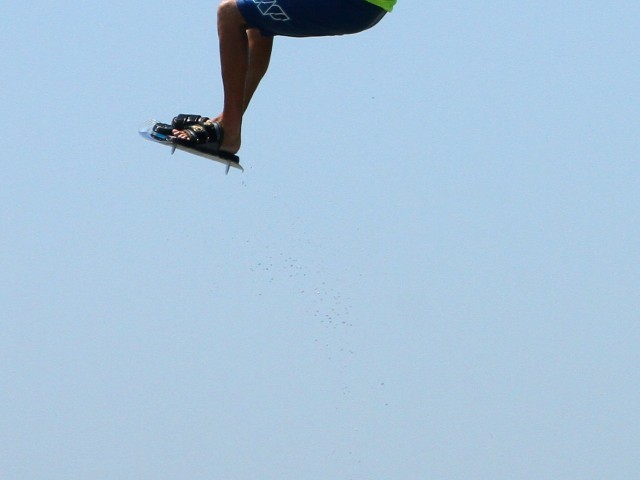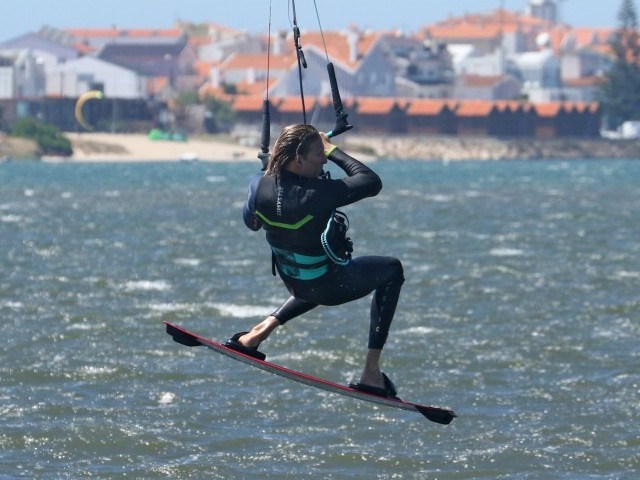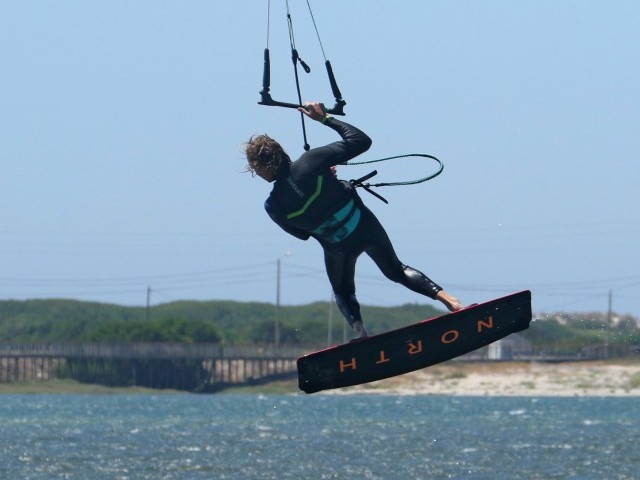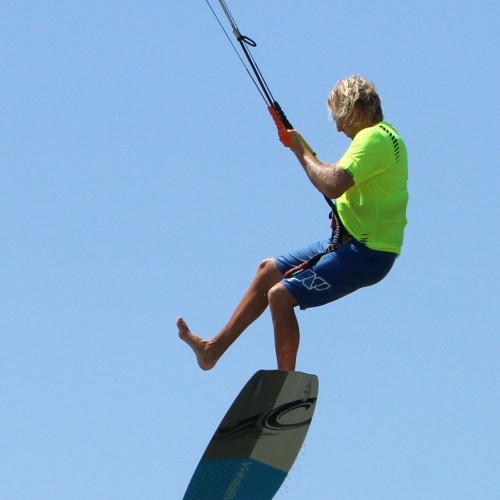
No Grab Front Foot One Foot
Technique / Intermediate
Introduction
Not exactly the most flowing name, but please forgive us the Germanic descriptive nomenclature of such moves, as for some reason they don’t seem to attract the vain claiming that they deserve. Though it may stutter from the mouth, it does, however, smoothly roll through the air and is a thoroughly satisfying jump that should both please you and potentially baffle your compadres.
We would highly recommend that you have your ‘front foot one foots with a grab’ dialled before moving onto this hands free version, as you’ll be able to control the board and stop any unwanted twisting of the leg should you not make the landing. Once you’re happy with that them it’s game on for this.
So how should you go about casually dropping the board off one foot? Here are a few snippets to digest.
Approach & Take Off Pic A
On your approach wiggle your front foot loose in the strap, and if you ride with your straps super tight it may be worth loosening the front one a touch, which will help when you want to get your foot back in! It goes without saying that your back foot wants to be fairly well wedged in, as you’ll be holding the board in place. It’s not essential but a pair of wide, foot hugging straps will give you more control of and leverage on your board. Your take off is the most important part of any jump, you don’t need to go stratospheric but it will help if all your energy takes you up rather than swings you down-wind, as you’ll have time and confidence. First off you need to be heading upwind on a strong edge, so looking where you want to go, shoulders twisted open, driving against the board whilst pushing it towards the kite. This stance should not slow you down. If you’re slowing, it’s because you’re carving upwind – this should be an A to B line upwind where you’re balanced. Make sure the kite is positioned at about 1 or 11 o’clock, as at this height you can still edge. Any higher and the kite will lift you, whilst any lower and you’ll have to work very hard to resist the pull for a longer period of time when you send the kite. Also, make sure that you steer your kite on the sweet spot using both hands - if you yank the bar in, it will stall the kite and pull you over and downwind rather than up, up and away. As you take off you will get slightly extended as per usual, which encourages the board to swing back in a toes down position as in the photo. This is perfect….
Foot Out Pic B
As soon as you’re off the water and controlling the kite you should be working on sliding your front foot out. The earlier you get it out, the earlier you can put it back in and the more chance you’ll have of landing. This where your front foot being loose in the strap comes into play. With the board in a toes-down position you can use the boards weight and gravity to your advantage. You can see in the picture that Christian’s back foot is still firmly wedged in so as long as he keeps the board toes down his front foot will be dangerously close to slipping out of the strap. Therefore, all that is necessary is for him to bend his front leg, lifting his heel in the direction of his buttocks, et voila, the foot is free whilst both hands remain firmly on the bar.
Ankle Control Pic C
Once your foot is out you can lift your front leg and extend it forwards in an effort to make the move unavoidably obvious to anyone else in your proximity! You must still fly the kite as you would for a jump. As Christian has some decent height he’ll keep the kite just behind 12 o’clock. The result is that he’ll have plenty of lift and float, but there is no danger of him getting pulled off balance. If his kite was at 12 or just forward of 12, he’d run the risk of being pulled to his right, which would be the equivalent of landing very front foot heavy, and as you can imagine this could make replacing the foot rather tricky and the resultant landing somewhat unpleasant. The board is now hanging off Christian’s back foot and at first the simplest way to control it is to keep your back knee up in the ‘chair of air’ position. This way the board won’t swing about too much and will remain fairly close.
The Decent Pic D
Once you feel that you’re coming down it’s probably best to start thinking about returning your front foot to its rightful place in the strap. Chances are that this will take longer than it did to free it, and you’ll most likely drop quicker than you went up, so starting early is a sensible option when learning. There are two parts to getting the foot in; the first is aiming for your target. If you get the front strap firmly in your sights you’re less likely to miss as you won’t have time for a second shot. Here it’s pretty obvious that Christian is eyeing up his target. With the board still held up by his bent back leg Christian looks down, eyes on the prize and brings his front foot down.
Swing Forward Pic E
The second part to getting the board on is making the strap accessible. The simplest way to make sure that your foot goes in is to once again use gravity, but this time to drop the board onto your foot. By swinging the board out forward in front of you with your back leg the board will be toes up. The result as we can see in the picture is that Christian can slide his foot up into the strap whilst the weight of the board gives him something to push against to get a firm fitting.
Landing Gear Down Pic F
Now with both feet firmly in the straps it’s business as usual. You’ll be dropping fast so it’s all about preparing for the landing. Christian starts to dive the kite from behind 12, which will slow his descent and pull him downwind for a soft landing. As the pull comes he twists the board off the wind and drops it beneath him so that he can land over a flat board. It is important to get over the board because if you land leaning back too tail first it may pull your front foot out.
Top Tips
It should go without saying that the session you start going for this trick you want to be both comfortable in your take offs and landings. If you’re overpowered and getting a lot of down wind speed whilst in the air you’re more likely to come in hot, and in the case of only having one foot in a strap it won’t be brilliant! That said if you can’t get enough height and hang time it is not easy to rush this because it takes time to get the board back up over your toes before you can drop it onto your foot.
Loosening the front strap will make a world of difference. If the board is happy to drop off your foot when you want it to, and there’s ample room to get the foot back in, it will not only speed up both the out and in, but will also give you confidence.
Have a gander at the sequence and videos to see how this plays out in full.
Common Problems
Not getting your foot out. We’ve pretty much covered this, but suffice to say loosen the strap and think ‘board toes down for out’.
Not getting the board on. Keeping the board up and close so that it’s easy to swing it forward when you want is the key here. Make sure that you look at the strap so that the board swings up where you want it.
Keystones
- Loosen foot in front strap
- Decent edge and send for hang time and air
- Toes down, drop board off front foot
- Fly with kite just behind 12 o’clock
- Swing board forward, toes up to replace
This technique article was in Issue 57 of IKSURFMAG.
Related
By Christian and Karine
Christian and Karine have been working together as a coaching team, running improver to advanced kitesurfing clinics since 2003.






